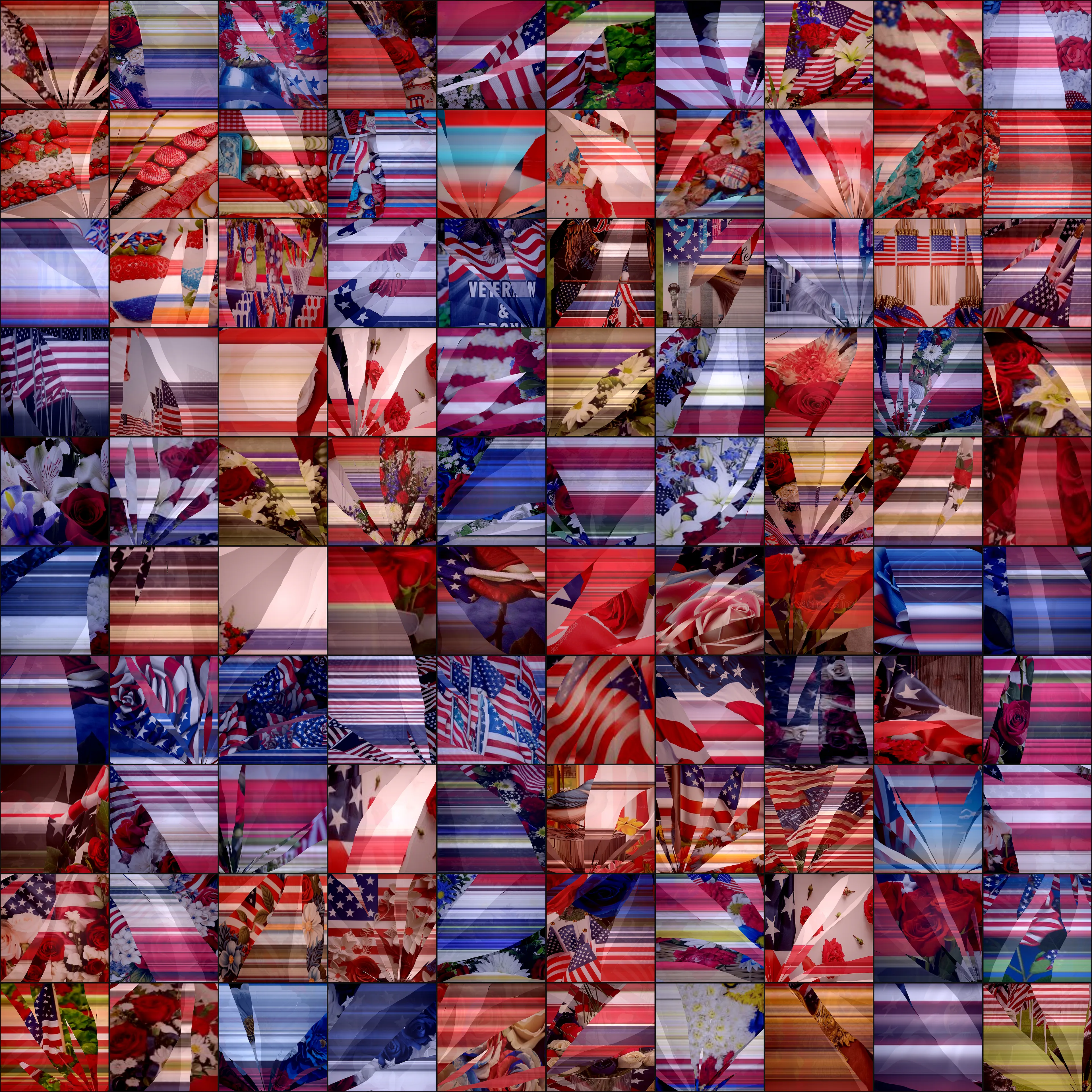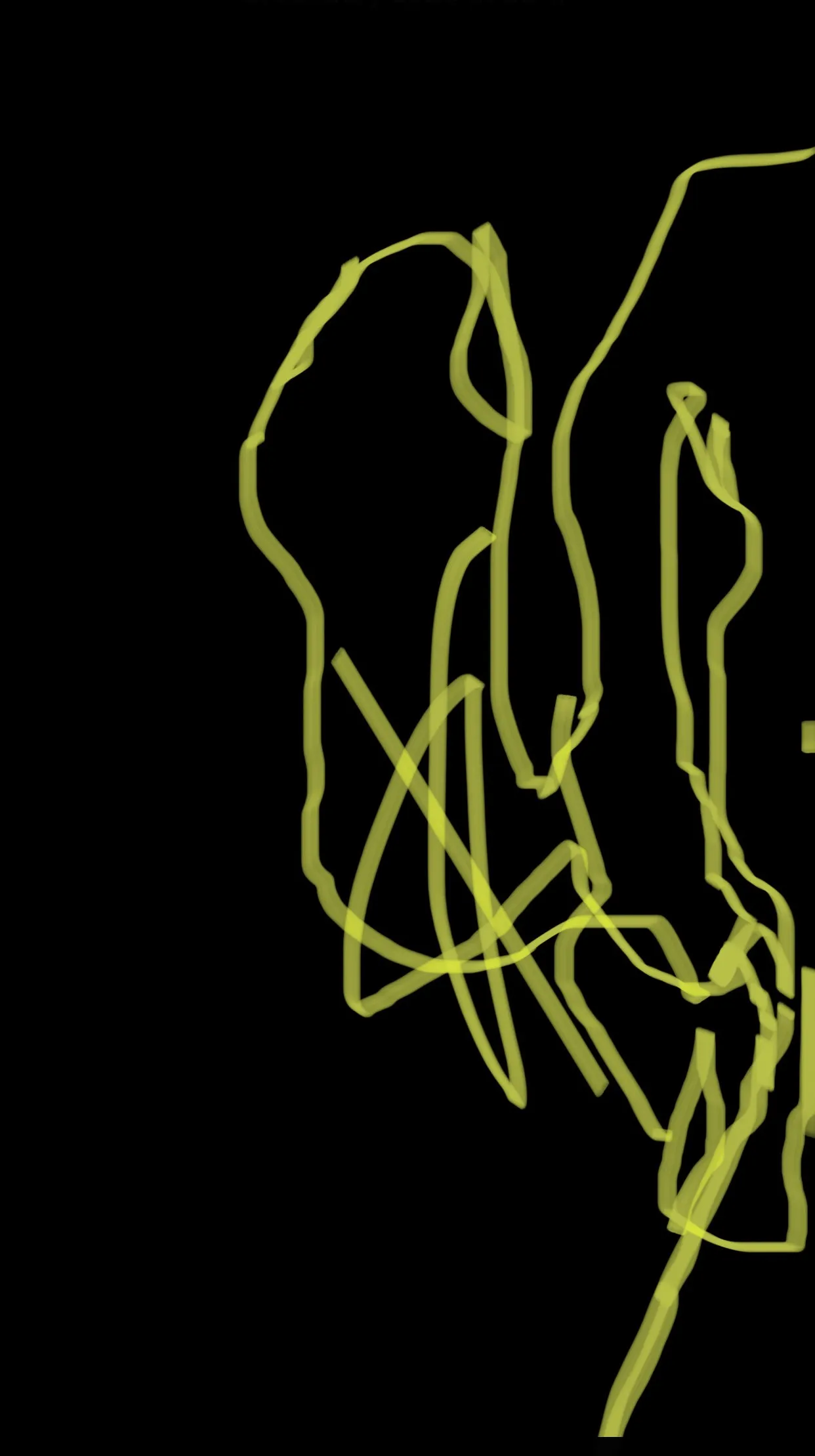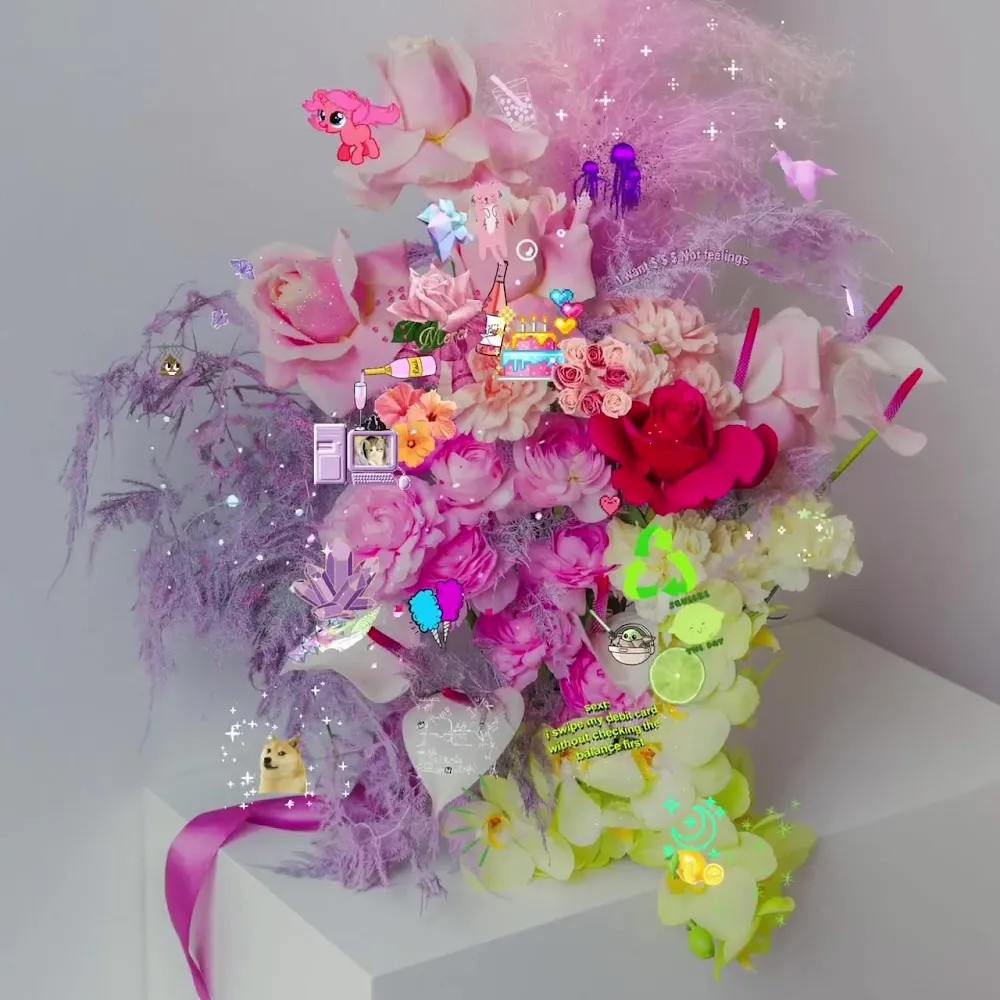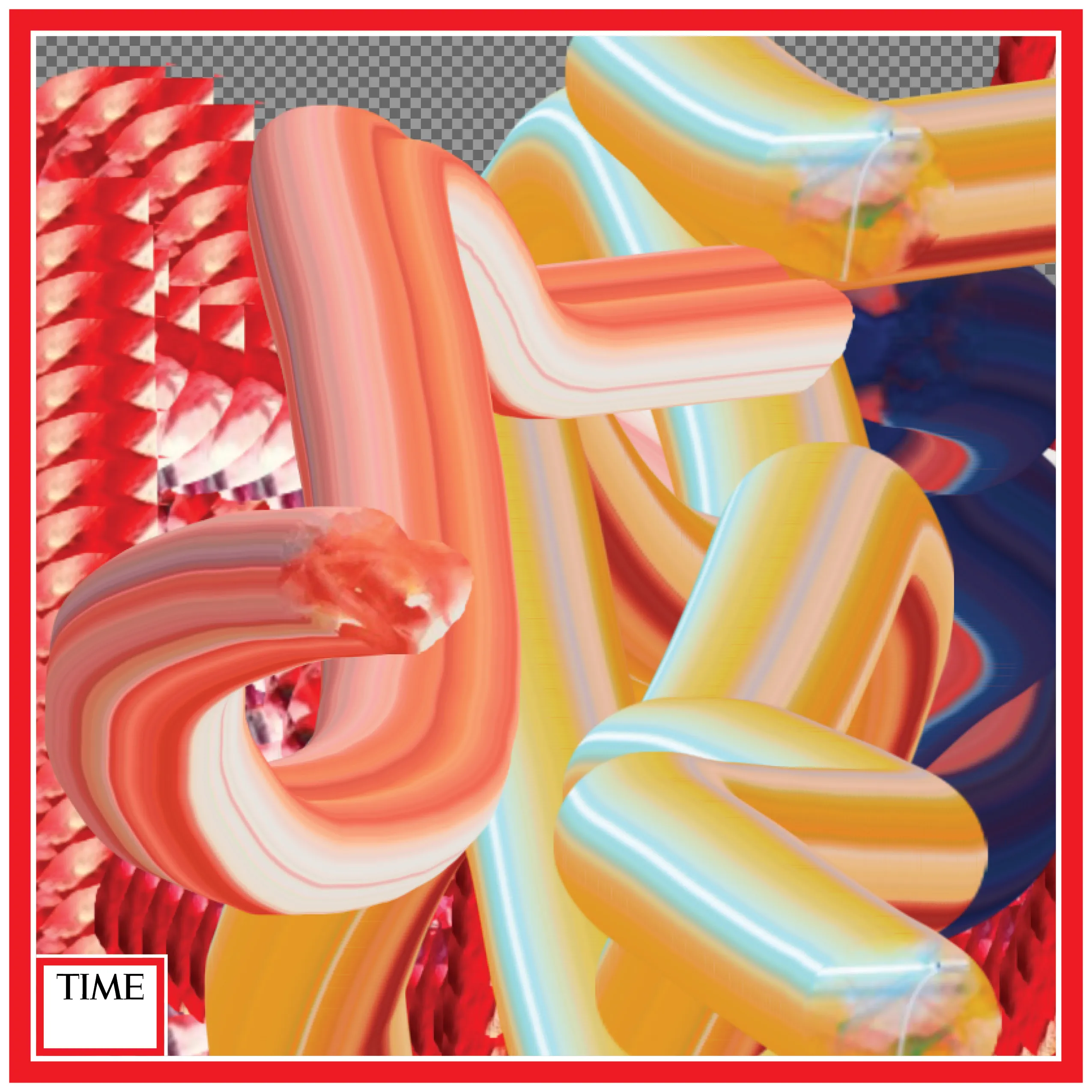Subscribe to get the latest on artists, exhibitions and more.
Unlocking Democracy: Addie Wagenknecht’s ‘What can be’
On October 28, we will launch What can be, a series of generative artworks created by Addie Wagenknecht linked to the [aside] protocol. This release will have two mains following features:
1- All purchased NFTs will be locked at mint time and will be unlocked depending on the outcome of the US presidential elections.
2- The 100 works will be divided into two groups, each with its own economic logic. One group, associated with Donald Trump, will unlock if Trump wins or remain locked for four years if he loses. The other group, associated with Kamala Harris, will unlock if Harris wins or remain locked for four years if she loses.

Introduction
Before delving into the details of this release lets recall that [aside] is a protocol that enables the immobilization of any NFT on the Ethereum blockchain and conditions its release to external phenomena, whether natural (weather, earthquake, storm), astral (solar eruption, planetary transit), economic (inflation, deflation), financial (stock market), demographic, or political. Once locked, these NFTs remain non-transferable for a dedicated period of time or until a specific real-world event happens, therefore restricting the tradability of the artwork by tying its commercial becoming to the outside world.






